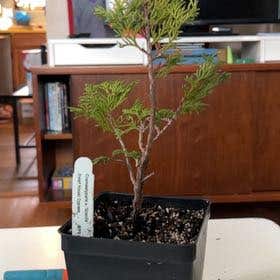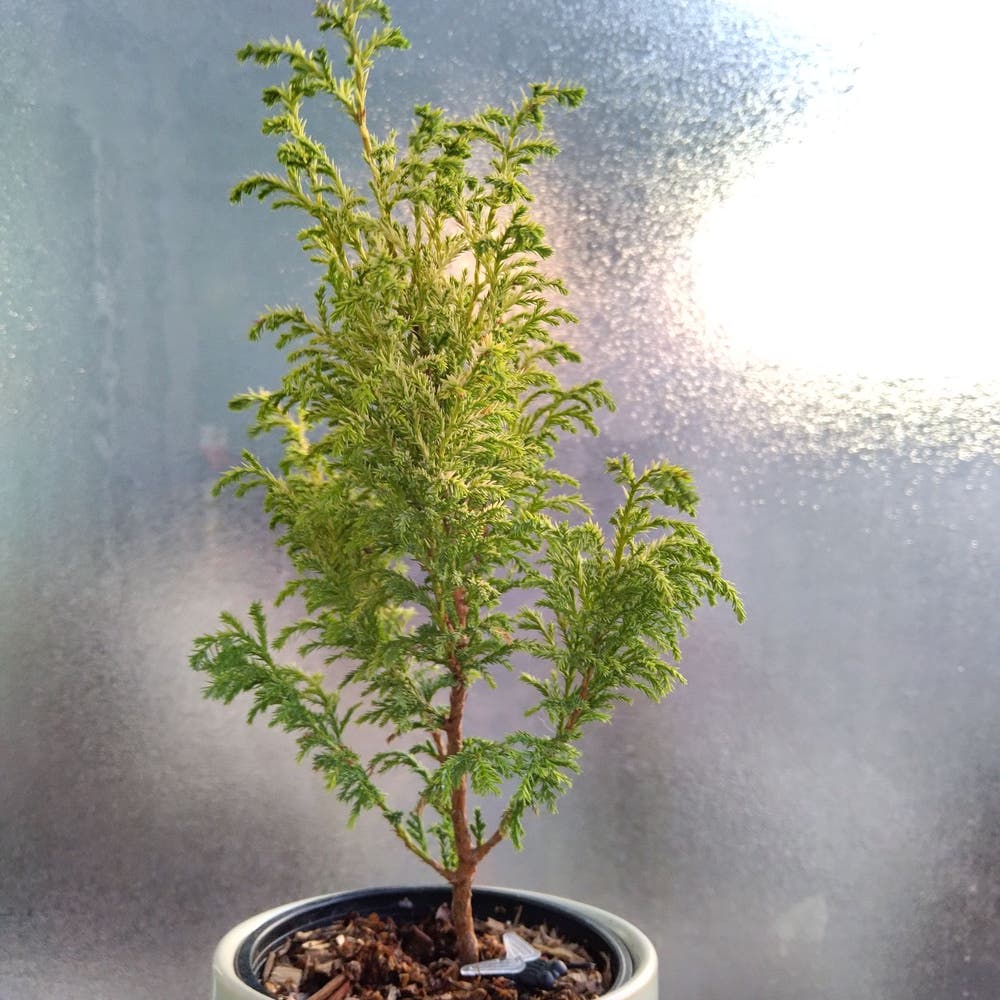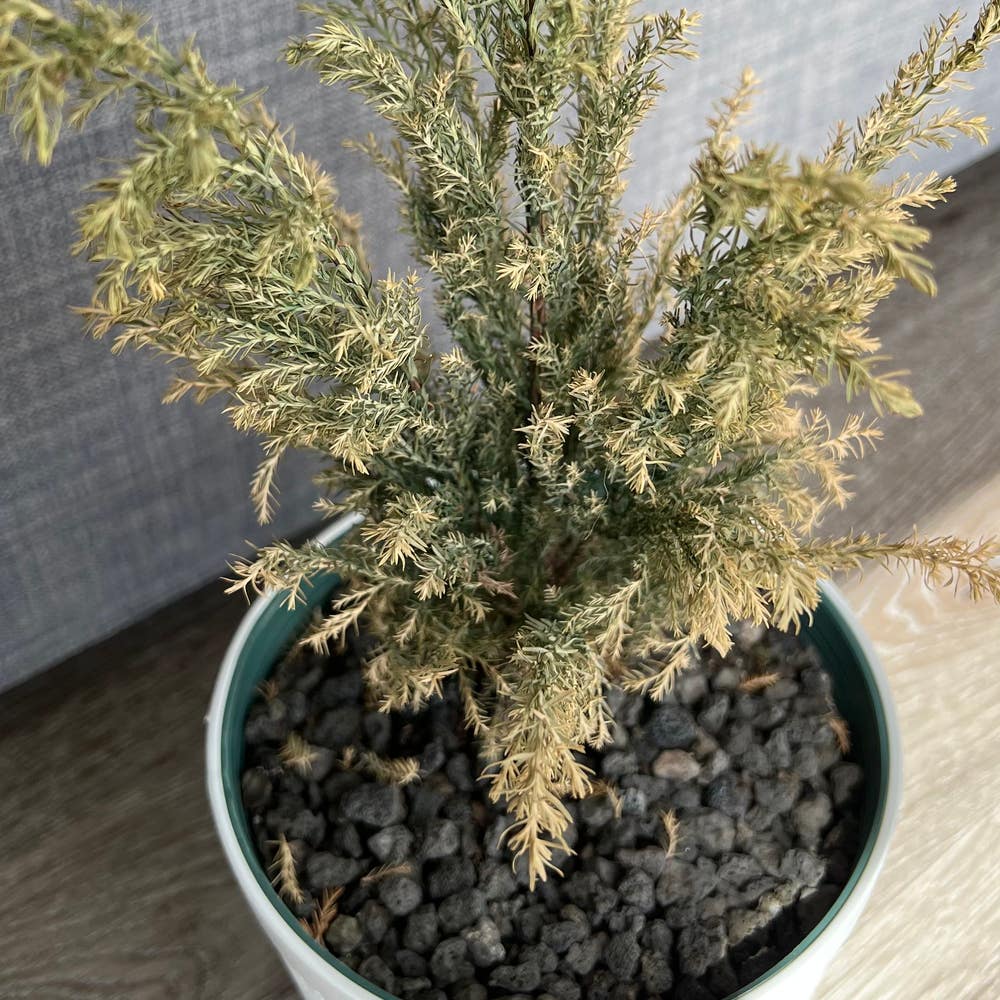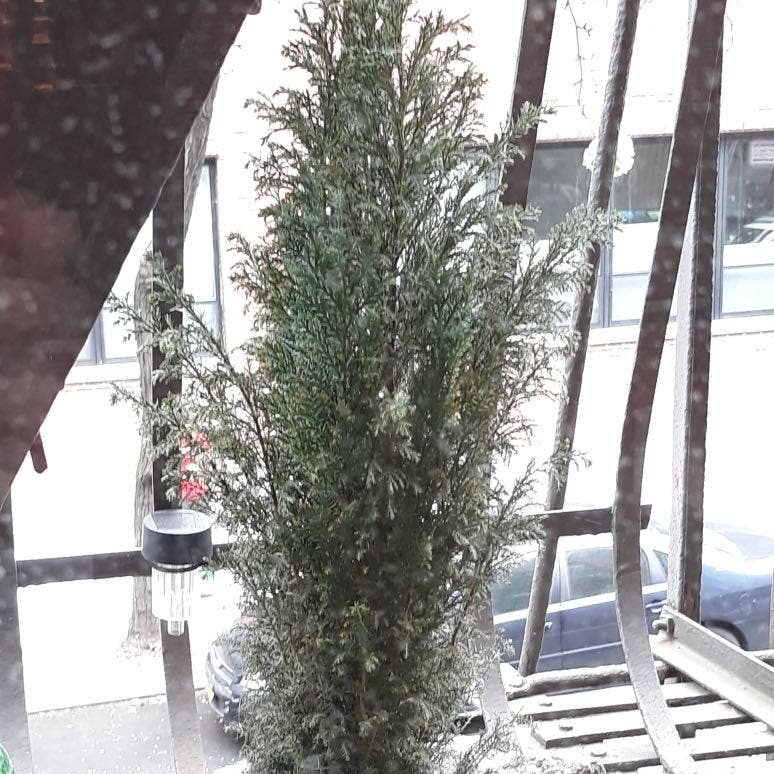Chamaecyparis obtusa
About Chamaecyparis obtusa
Chamaecyparis obtusa is a super rare houseplant 🌿 that is easy to grow and needs regular watering to thrive. They do best in long-lasting, direct light ☀️ and should be less than 1 foot from a window.
Chamaecyparis obtusa likes soil that is well draining. Your plant shouldn't need added fertilizers if you repot each time it doubles in size.
Chamaecyparis obtusa belongs to the Chamaecyparis genus, and is native to Formosa, Japan.
Taxonomy

Chamaecyparis obtusa
Chamaecyparis
Cupressaceae
Pinales

How to care for Chamaecyparis obtusa
How often to water your Chamaecyparis obtusa

every 9
Chamaecyparis obtusa needs 0.5 cups of water every 9 when it doesn’t get direct sunlight and is potted in a 5" pot.
Use our water calculator to personalize watering recommendations to your environment or download Greg for more advanced recommendations for all of your plants.

Water 0.5 cups every
9
Finding light for None in your home
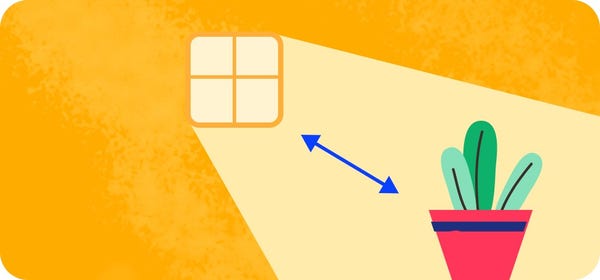
a window
Chamaecyparis obtusa love being close to bright, sunny windows 😎.
Place it less than 1ft from a south-facing window to maximize the potential for growth.
Chamaecyparis obtusa does not tolerate low-light 🚫.
Select your region to see how the current weather in your area affects the placement of Chamaecyparis obtusa in your home 🏡.
How to fertilize Chamaecyparis obtusa

Most potting soils come with ample nutrients which plants use to produce new growth.
By the time your plant has depleted the nutrients in its soil it’s likely grown enough to need a larger pot anyway.
To replenish this plant's nutrients, repot your Chamaecyparis obtusa after it doubles in size or once a year—whichever comes first.
-
GREEN ONCE AGAIN!!! After a little dry phase, I am happy to announce that Mochi is green once again with some gold coming our way! 🌱🌿💚💚💚💛 #plantsmakepeoplehappy #happyplants #plantaddict #sawaracypress
-
Why are my bottom leaves going brown? Started happening last couple days after transplanting it into a new pot yesterday. Watering it every day
-
Any tips you guys have for me as a first time plant owner ? #LawsonCypress
-
How much water do I give my plant ? On this app it says 1/2 cup but I don’t think that’s enough . Any tips ??
-
Does this really only need 1/8c of water? That's the same as one of my succulents which just seems really low for a plant like this. #LawsonCypress
-
Is there any saving this? Help, I’m not sure what happened with this plant. It is new, got it at Christmas. I repotted it and maybe didn’t water it enough. It started turning brown and I gave it a good drink before going on vacation. Now a few weeks later the soil is still wet so it isn’t drinking. Can it be saved or is it too far gone?
-
Do those of you growing this have it outside? I want to put it outside but will it be too shocked? In PA #DwarfHinokiCypress
-
Hello. I was wondering, how many hours should my dwarf Hinoki cypress have direct sunlight? #DwarfHinokiCypress
-
Uh so I just got this plant. It is my very first plant I have ever had so I'm very new and I didn't pay too much attention to it for the past three days but now it's a pale green and the pines break off whenever I touch them... Is it sick? #LawsonCypress
-
dry, needles breaking off, not very green. watering every 2 weeks with 3/4 cup of water. just gave it a whole cup on monday. Miracle Gro pellet Fertilizer used two weeks ago. No pesticide used but no evidence of infestation. what am I doing wrong? #LawsonCypress
Care Summary for Chamaecyparis obtusa

Chamaecyparis obtusa
 Greg recommends:
Greg recommends:
 Water
Water
0.5 cups every 9 days
 Placement
Placement
< 1ft from a window
 Nutrients
Nutrients
Repot after 2x growth
Based on the 4” pot your plant is in, and that it doesn’t get direct sunlight.

 Trending in your area
Trending in your area
 Similar to Chamaecyparis obtusa
Similar to Chamaecyparis obtusa
✨ Discover rare plants

Hoya sipitangensis

Crassula 'Purple Drag…

Ceropegia simoneae

Philodendron eximium

Treasure Flower

Carolina Reaper

Anthurium Fingers

Hoya fitchii

Red Mistletoe Cactus

Haworthia emelyae com…

Stanhopea tigrina

Fernleaf Lavendar

Hoya kalimantan

Marquise de Sevigne

Orange Lipstick Plant

Eden Climbing Rose

White Apple Moth Orch…




